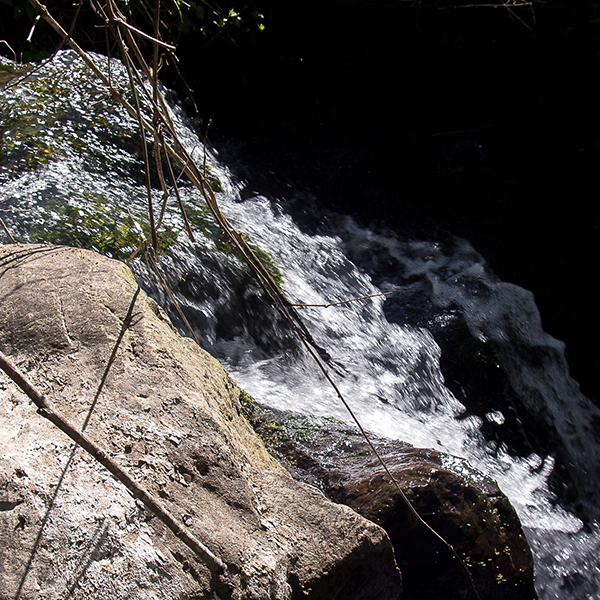The Territory
The entire area is part of the “Mountain Community of Monte Santa Croce” and the protected area of the “Regional Volcanic Park of Roccamonfina and Foce Garigliano”.
The territory is dominated by the volcanic apparatus of Roccamonfina, older than Vesuvius, whose shape and majesty is reminiscent of, consisting of an outer crater circle averagely 6 km wide, defined at the highest points by Mount S. Croce (1005 m) and Mount Làttani (810 m) and some volcanic cones with a semi-spherical dome profile, such as Monte Atano in the village of Casi in Teano, Colle Friello, in the municipality of Conca della Campania and Monte Ofelio in the municipality of Sessa Aurunca.
The entire territory is rich in water, which has shaped its morphology.
To the north – west the Garigliano river delimits a natural regional border with Lazio.
The Garigliano river, digs its bed between the volcanic soils of Roccamonfina and the limestone soils of the Aurunci Mountains.
It arises from the confluence of the Liri River with the Gari River or Rapido; it has deep waters and fast current. Its winding path is softened by the presence of robust poplars and willows on the banks.



